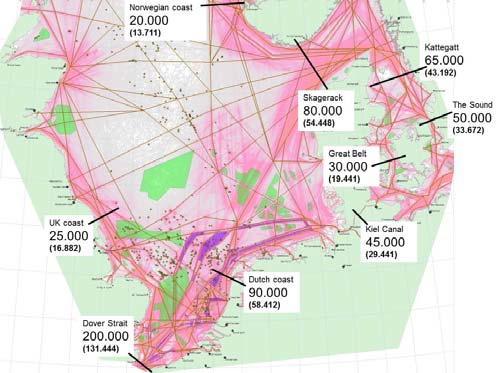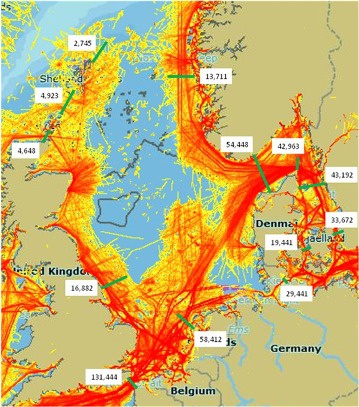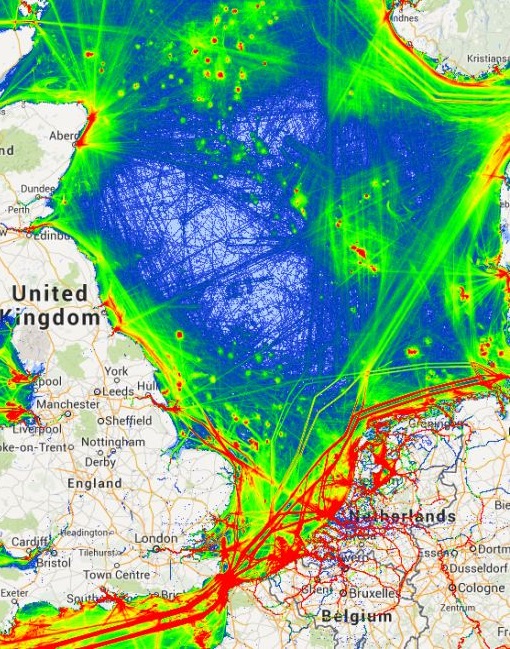No edit summary |
No edit summary |
||
| Line 1: | Line 1: | ||
[[Category:(NS)Shipping]] | |||
<ul class='nav nav-tabs'> | <ul class='nav nav-tabs'> | ||
<li class='active'><btn data-toggle='tab' class=''>#tab1|General Information</btn></li> | <li class='active'><btn data-toggle='tab' class=''>#tab1|General Information</btn></li> | ||
Revision as of 12:35, 10 August 2018
| Layer Info | |
|---|---|
| Category | Shipping |
| Editable | No |
| Data Source | Shipping simulation |
| Values | |
| Low | |
| Medium Low | |
| Medium | |
| Medium High | |
| High | |
| EXTREME | |
Description:
A passenger ship is a merchant ship whose primary function is to carry passengers on the sea. Passenger ships include ocean liners, which typically are passenger or passenger-cargo vessels transporting passengers and often cargo on longer line voyages. They also include cruise ships, which often transport passengers on round-trips, in which the trip itself and the attractions of the ship and ports visited are the principal draw.
MSP Challenge 2050:
Passenger Intensity is a month-by-month, computer generated data layer showing a 'heat map' of main passenger cruise line traffic. The shipping simulation considers passenger cruises lines both within the North Sea region as well as coming in and out of the entire North Sea region.
Note that we have separated passenger and ferry lines.
The shipping simulation follows this logic:
- Month by month, tanker, cargo, passenger and ferry ships want to go from specific ports to specific ports, within as well as in and out of the North Sea region.
- These ships find a safe yet short route for their travels. Ideally they move in a straight line. To ensure the route is safe, they will opt for deeper waters and designated shipping lanes applicable to their type.
- More ships following the same route means a higher intensity of ships that month, and thus redder lines on the intensity 'heat map' layers.
ON THIS TAB VISUAL CONTENT IS PLACED



 Co-funded by the European Union.
Co-funded by the European Union.